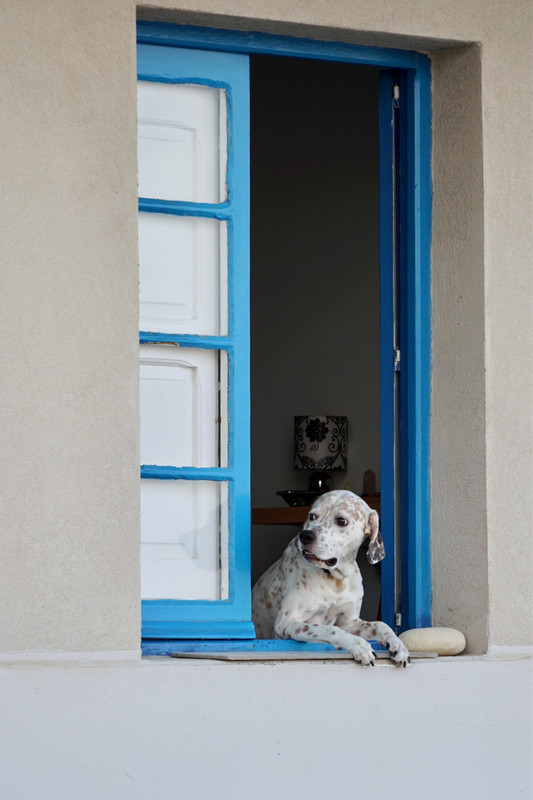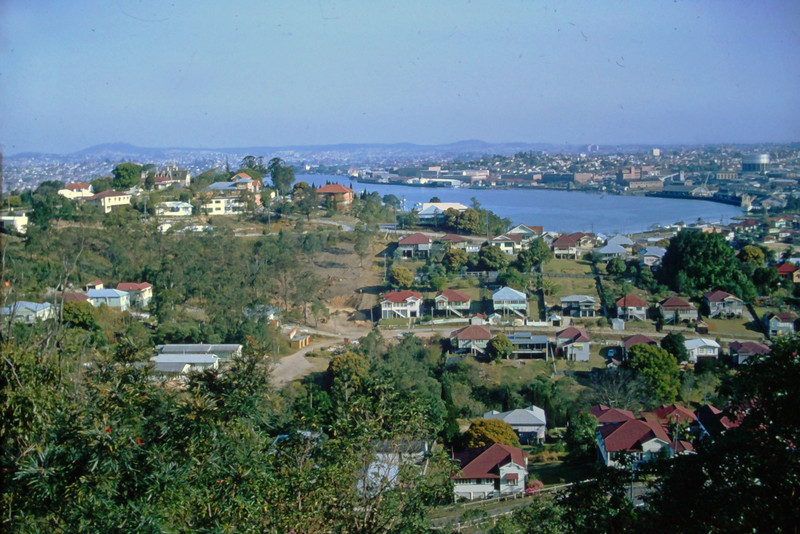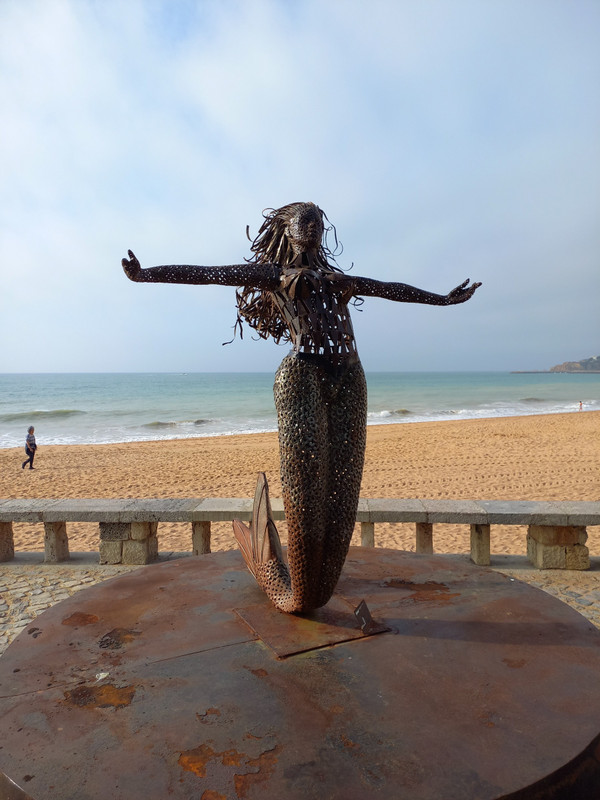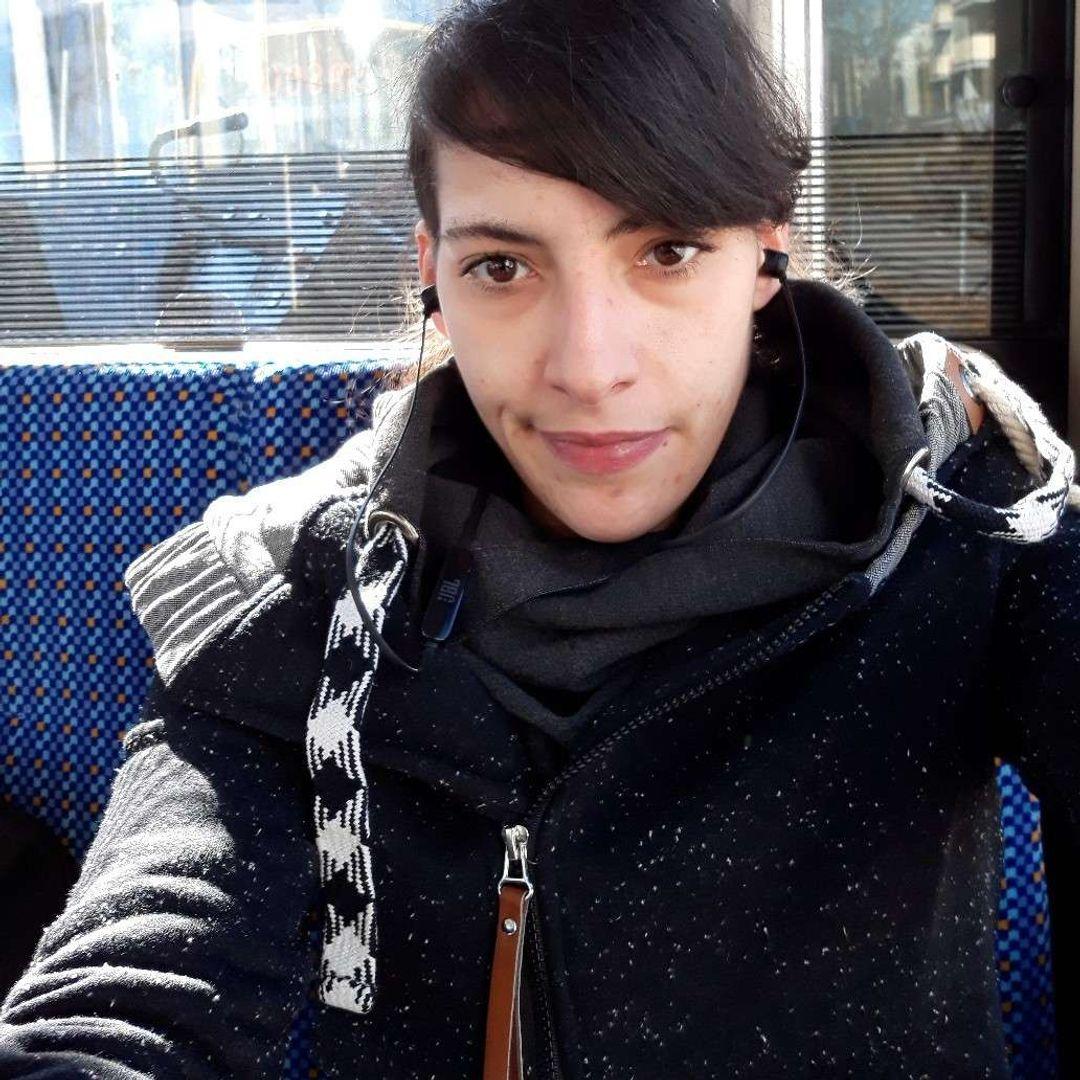Ive always been a bit fascinated by and caves. Issy doesnt quite seem to share my interest, driven largely, as I think I might have written previously, by fear of thousands of tons of rock suddenly collapsing in on top of her. So I set off on my own by bus for Saint Pauls at Rabat, in the centre of Malta. The bus system is excellent, and the fares are cheap, so Im prepared to ignore the saturated seat that Im sitting in and try not to think too hard about what particular liquid might have made it that way.
The Saint Pauls are apparently the largest such system in Malta. I read that there are more than thirty separate here in all, twenty of which are open to the public. They were used as burial sites outside the original Roman city of Melite which is now occupied by the smaller towns of Rabat and Mdina, and were in use between the third and eight centuries AD. There are Christian, Muslim, Pagan and Jewish burial sites here, and apparently theyre all mixed up together with no obvious divisions between them.
know where to start exploring. Each has a number, so I adopt the boring engineering approach of trying to do them in numerical order. They vary vastly in size. It gets a bit frustrating going into some of the smaller ones, staggering down a steep set of stairs only to find a barrier in front of you preventing you from going any further. I learn after a while that there were advantages to the COVID pandemic after all. The signs at the entrances tell you how many people are allowed into each to maintain social distancing, which then gives you a clue as to how big its going to be. Theres not a lot of signage in any of them, and there are tunnels leading off in all directions in some of the larger ones, so Im trying not to think too hard about how Id find my way back to the surface if the lights suddenly went out. And speaking of lights, they dont like to leave them on all the time because this apparently encourages algal growth, so there are trip switches. And thats all fine if they work, but I stumble down one particularly steep
set of stairs where this isnt the case, and bump my head hard on a bit of rock that I didnt see. There seem to be video surveillance cameras everywhere. Im not sure why; the bones that were here originally are all long gone, and Im not sure why anyone would be too interested in stealing lumps of rock when theres an entire island covered with the stuff up at the surface. I dont think the video cameras have microphones attached to them which is probably just as well. It‘s a tight squeeze everywhere with lots of ducking required to avoid painful head injuries. Im not sure whod listen to the recordings if there were any, but if it happened to be the parish priest I suspect hed be handing out a lot of penal Hail Marys if the number of expletives Im hearing from people whove whacked their heads is anything to go by. The first few are moderately interesting, but they are all starting to feel a bit the same after a while, so I head to the exit before getting down into all twenty.
the ancient and very well preserved walled city of Mdina. Its thought to have been founded by the Phoenicians in the eighth century BC, and was the islands capital until the Knights of the Order of St John turned up in 1530. We came here in 2015, and its as impressive now as it was then (not sure why it wouldnt be), with the Cathedral, the Main Gate and the Palazzo Santa Sofia the standouts.
We dine with Louis and Lily at the waterfront club near our apartment, and then take off for the fireworks associated with the annual feast for the city of Vittoriosa which is just across the harbour from Valletta. The streets are all decked out with decorative arches, and theres a band playing from an impressive hand painted bandstand in the main square. The fireworks seem a bit stop start, which Louis tells us is the traditional Maltese way of doing things. The grand finale is more along the lines of what were used to.









